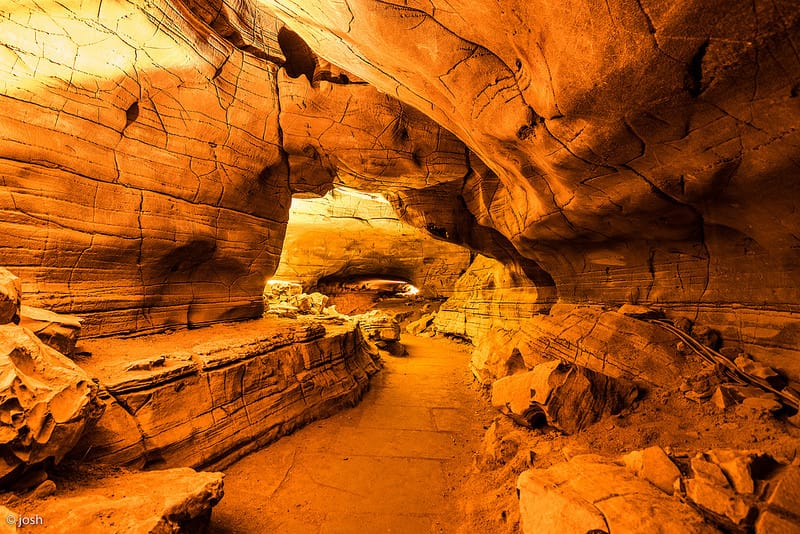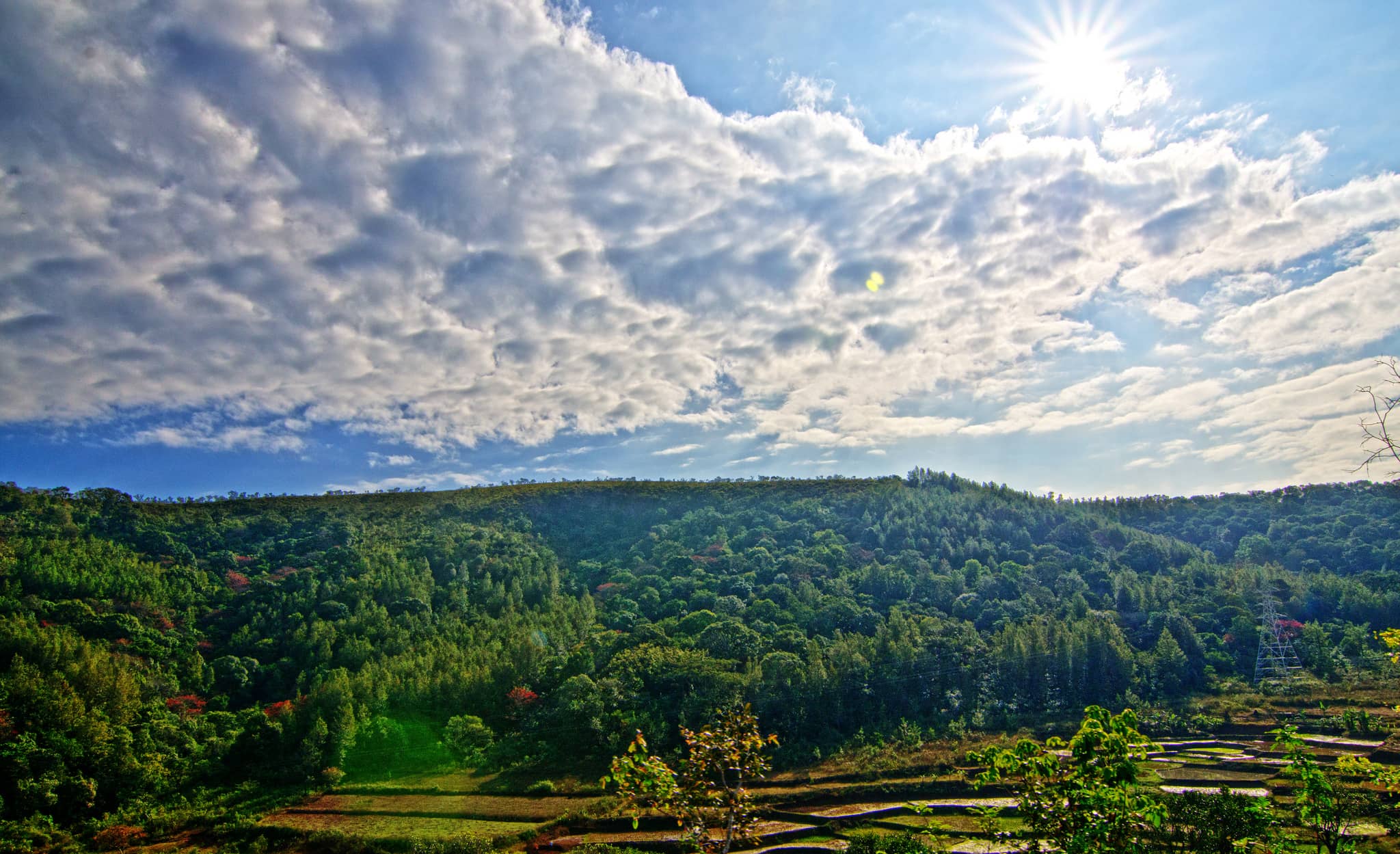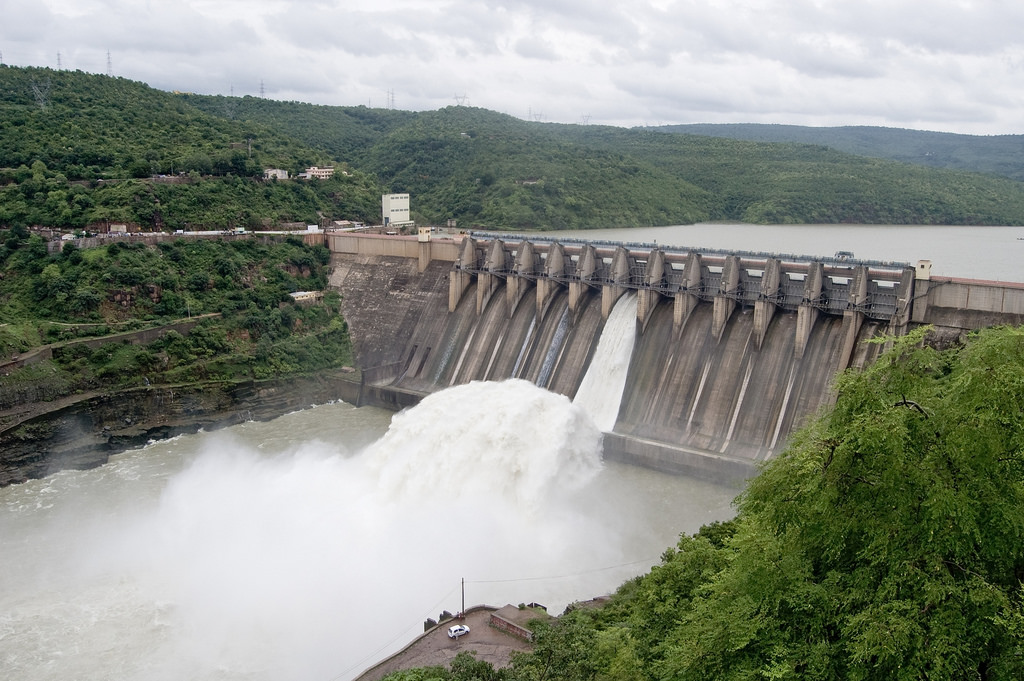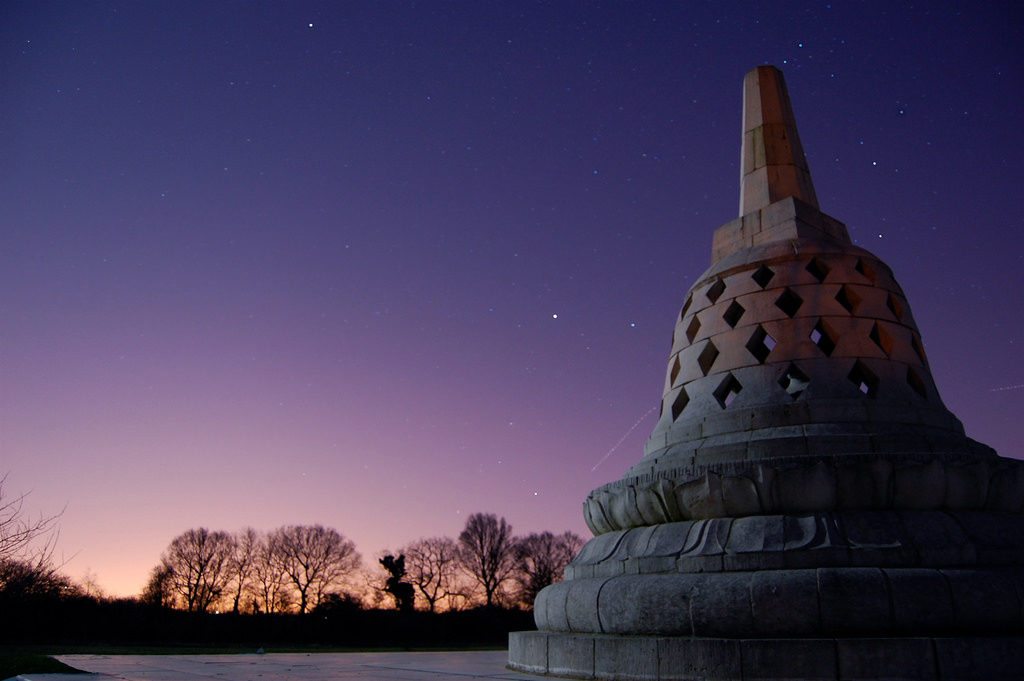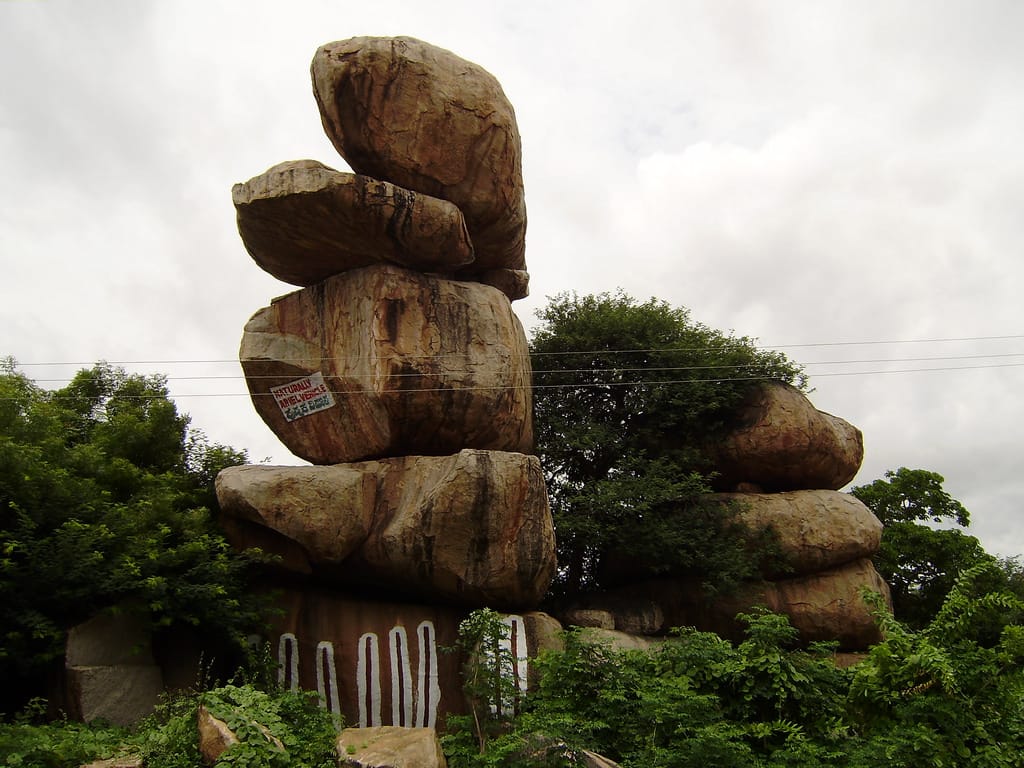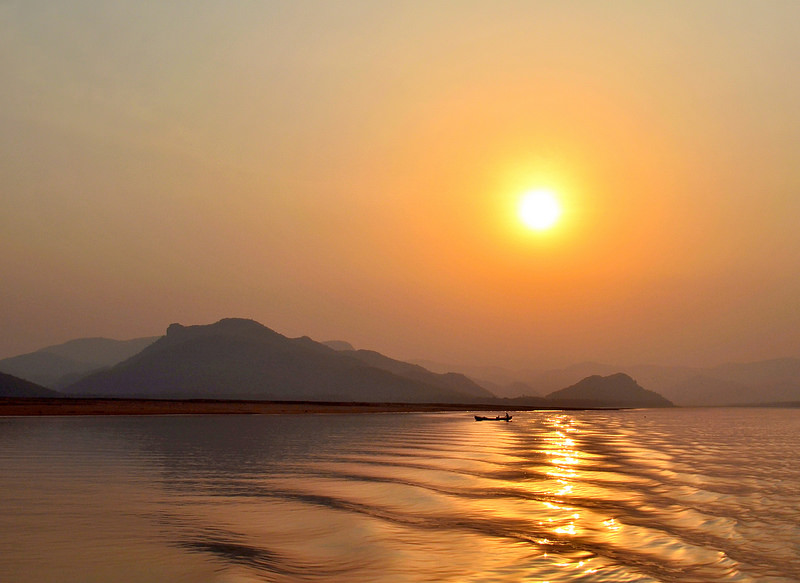Myanmar, previously known as Burma, is a Southeast Asian country with over 100 ethnic groups. It shares borders with India, Bangladesh, China, Laos, and Thailand. Yangon, the largest city, is famous for its lively markets, parks, lakes, and the impressive Shwedagon Pagoda, which holds Buddhist relics and dates back to the 6th century. Other key Buddhist sites include Bagan, home to over 2,000 temples and pagodas, and Kyaiktiyo Pagoda, which sits atop a rock on a steep hill. Cruises along the Irrawaddy River pass by historic sites like Mandalay Palace. On Inle Lake, visitors can see villages on stilts and vibrant markets. The Bay of Bengal coast features Ngapali, an upscale beach resort with palm-lined shores.
Myanmar – places to visit in Myanmar
Inle Lake
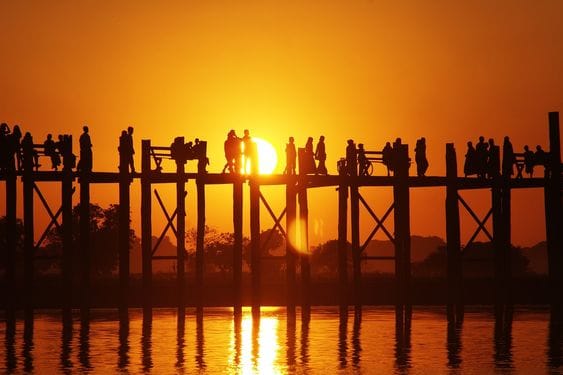
Inle Lake is a large freshwater lake located in the Nyaungshwe Township of Shan State, Myanmar. It is the second-largest lake in the country, known for its scenic beauty and floating gardens. The lake is surrounded by traditional villages built on stilts and is a popular destination for boating and sightseeing.
Shwedagon Pagoda
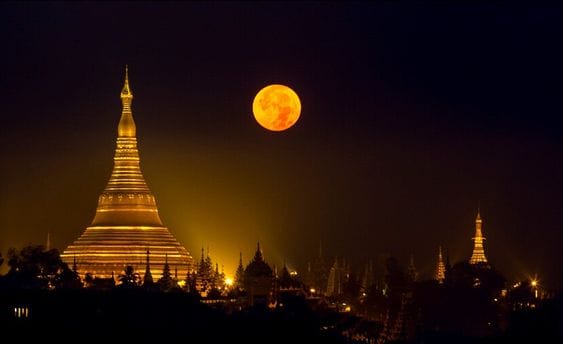
Shwedagon Pagoda is an ancient Buddhist temple in Myanmar, coated in gold. It is one of the most famous landmarks in the country, offering visitors a chance to explore its history through tours, a visitor center, and exhibits. It is a significant pilgrimage site for Buddhists.
Ananda Temple
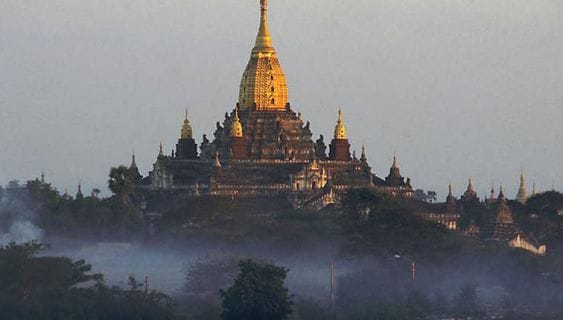
Ananda Temple is a large, grand Buddhist temple built in 1105. Known for its impressive architecture, detailed sculptures, and vibrant paintings, it is one of Bagan’s most important religious sites. The temple’s design and beauty attract many visitors each year.
Sule Pagoda
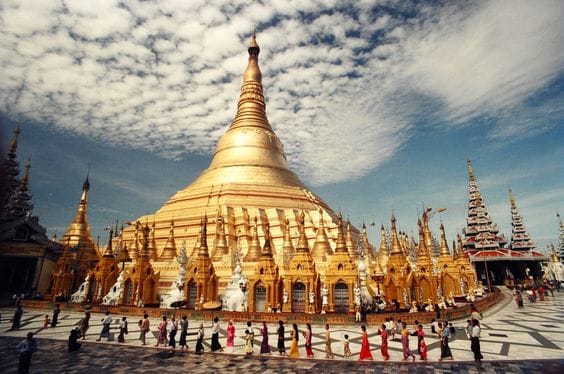
Sule Pagoda is a historic Buddhist pagoda located in downtown Yangon. Its gilded exterior and detailed shrines make it a notable landmark. The pagoda is an essential part of the city’s culture and history, offering a peaceful atmosphere in the heart of the bustling city.
Botataung Pagoda
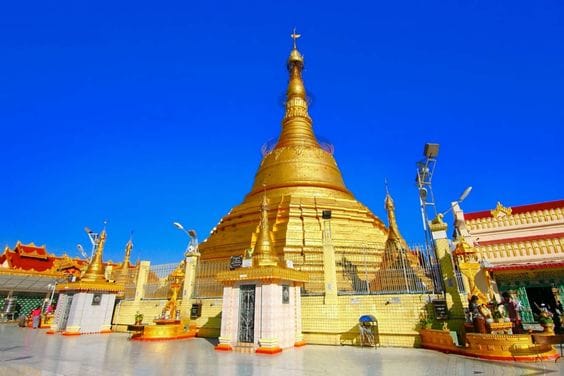
Botataung Pagoda is an iconic landmark in Yangon, known for its gilded stupa and religious relics, including a strand of Buddha’s hair. It is an important Buddhist site, attracting many worshippers and tourists due to its beauty and historical significance.
Dhammayangyi Temple

Dhammayangyi Temple is a massive Buddhist temple built in the 12th century. It is one of the largest and most imposing temples in Bagan, featuring statues, shrines, and wide walkways. The temple is an architectural marvel with rich carvings and historical significance.
Thatbyinnyu Temple
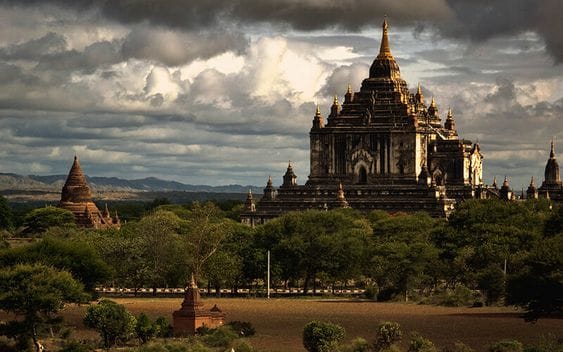
Thatbyinnyu Temple is a towering 12th-century Buddhist structure, standing 60 meters tall. It is renowned for its intricate design, with multiple terraces and detailed carvings. The temple offers stunning views of Bagan’s temples and landscape.
Mount Popa

Mount Popa is a dormant volcano located in central Myanmar, approximately 50 km southeast of Bagan. At 1,518 meters above sea level, it offers breathtaking views and is considered a sacred site by many Buddhists. It can be seen from the Ayeyarwady River from over 60 km away.
National Museum of Myanmar
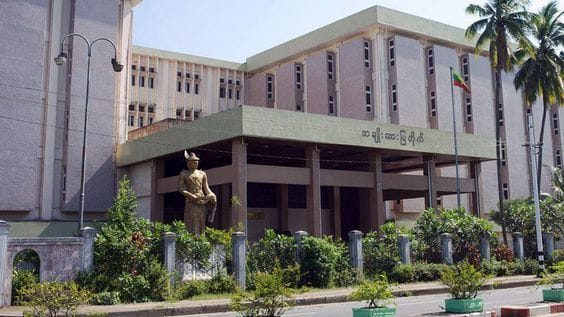
The National Museum of Myanmar is a five-story museum in Yangon. It showcases Myanmar’s history, culture, and folk art through various exhibitions. It is an educational and cultural center that provides a deep dive into the country’s rich heritage.
Nga-htat-gyi Buddha Temple
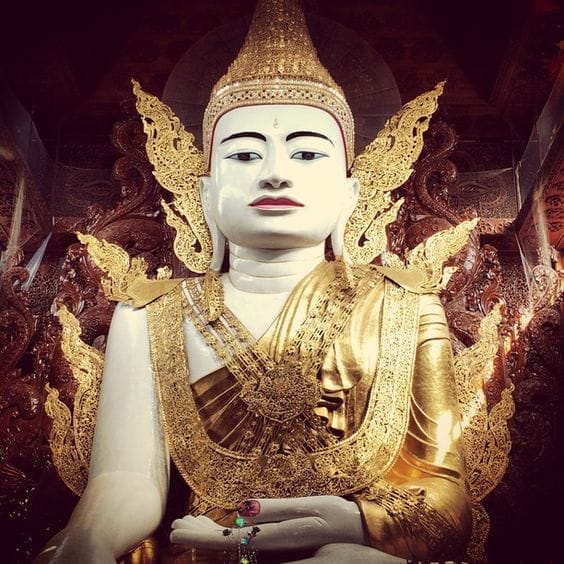
Nga-htat-gyi Buddha Temple is a beautiful, airy Buddhist temple built in 1558. It features a five-tiered pagoda and a massive Buddha statue, attracting visitors for its peaceful ambiance and historical significance.
Myanmar Gems Museum
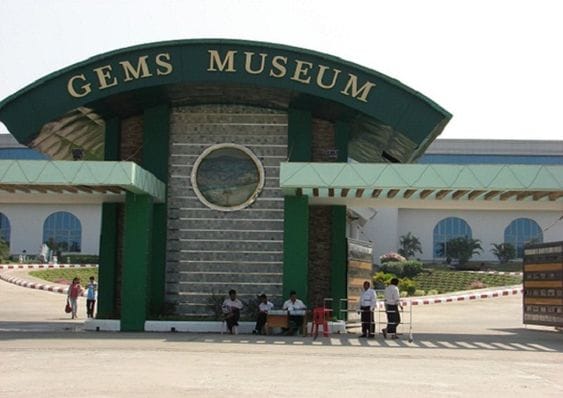
The Myanmar Gems Museum, located near Kaba Aye Pagoda in Yangon, is dedicated to showcasing Myanmar’s precious gemstones. Situated on the third floor of a four-story building, it displays some of the world’s finest gems, making it a must-visit for gem enthusiasts.
Top destinations in Myanmar
Bagan
Bagan is an ancient city in central Myanmar, situated southwest of Mandalay along the Ayeyarwady River. It is famous for the Bagan Archaeological Area, where over 2,000 Buddhist monuments rise from the plains. Key religious sites include the Ananda Temple, built in 1091, and the large Dhammayangyi Temple from the 12th century.
Mandalay
Mandalay, once the royal capital of Myanmar, is located on the Irrawaddy River in the north of the country. The city’s heart is home to the restored Mandalay Palace, surrounded by a moat. Mandalay Hill offers panoramic views of the city, and the Kuthodaw Pagoda at its base houses hundreds of inscribed marble slabs containing Buddhist scriptures.
Yangon
Yangon, formerly known as Rangoon, is Myanmar’s largest city. The city’s skyline blends British colonial buildings, modern skyscrapers, and golden Buddhist pagodas. The Shwedagon Pagoda, one of the country’s most famous landmarks, attracts thousands of pilgrims every year, and other notable religious sites include the Botataung and Sule Pagodas.
Inle Lake
Inle Lake, located in Shan State, is the second-largest lake in Myanmar and one of the highest, with an elevation of 2,900 feet. The lake is home to unique species of snails and fish, some found nowhere else in the world. It also hosts thousands of migratory seagulls during certain months and is famous for its floating gardens and nearby hot springs.
Bago
Bago, previously known as Hanthawaddy, is a city in Myanmar and the capital of the Bago Region. It is situated about 91 kilometers northeast of Yangon. The city is known for its historical sites and is an important part of Myanmar’s cultural heritage.
Best time to visit Myanmar
January and February are ideal months to visit Myanmar, as the weather is dry and the temperatures remain comfortable. By March and April, the heat starts to rise, especially in central regions like Yangon. The hot weather leads into the monsoon season, which begins in May and lasts through the summer months of June, July, and August. Rain typically falls in the afternoon and evening, causing many resorts along the coast, like Ngapali Beach, to close. September and October continue to be rainy, especially in central and southern Myanmar, while Mandalay in the north begins to experience less rain and more stable temperatures.


